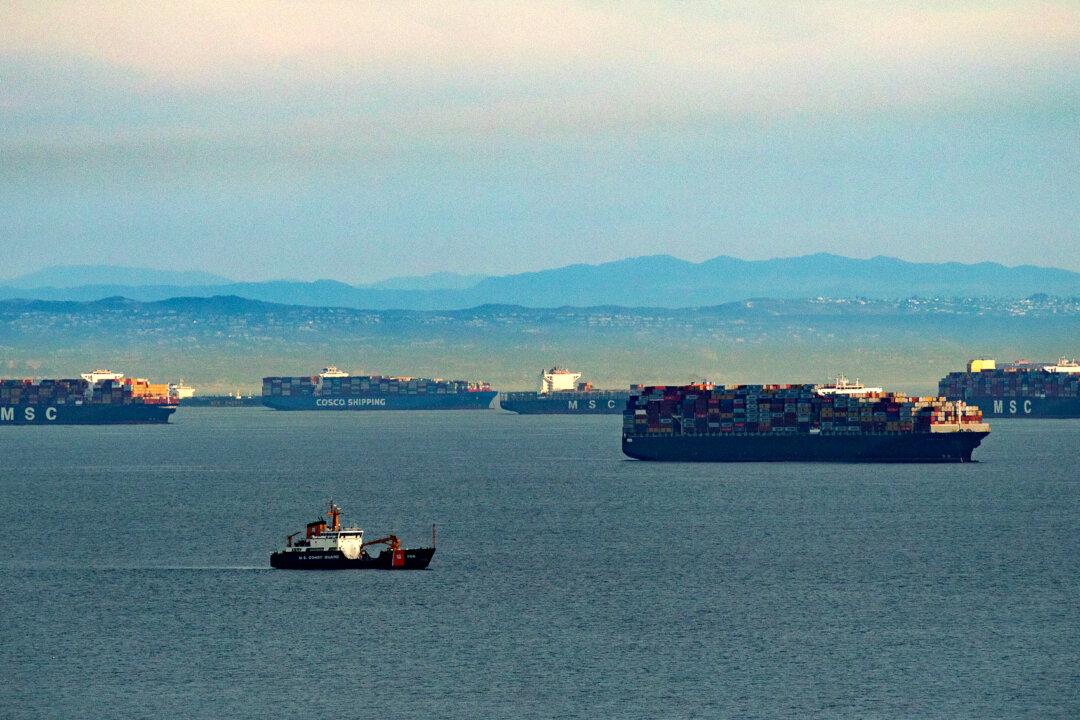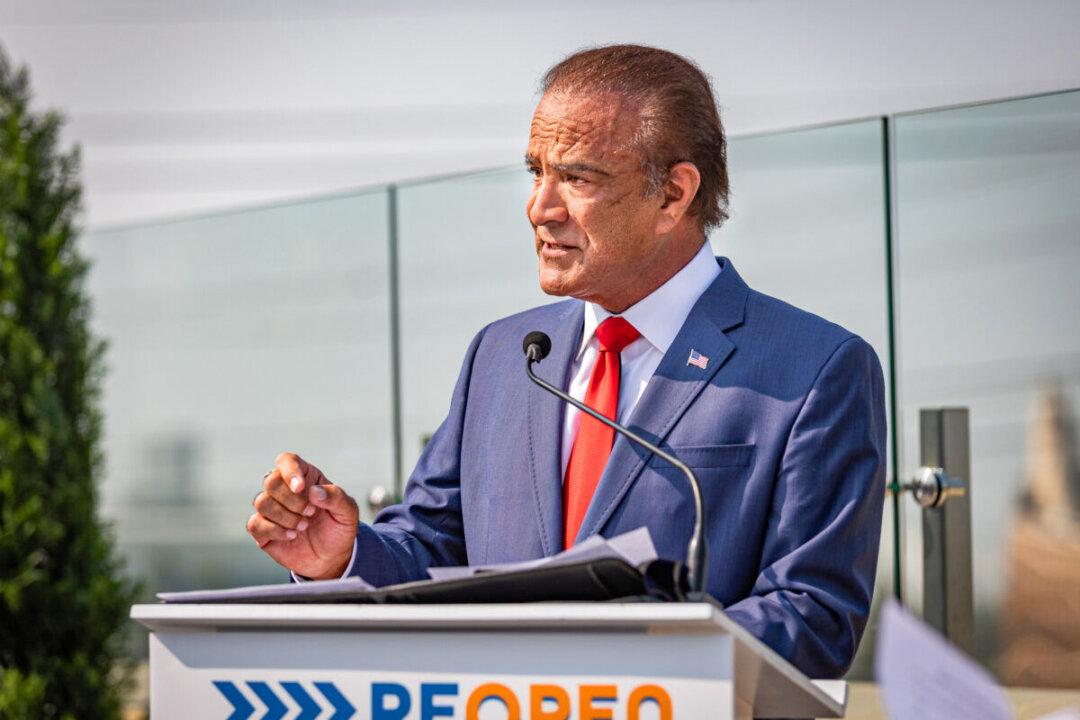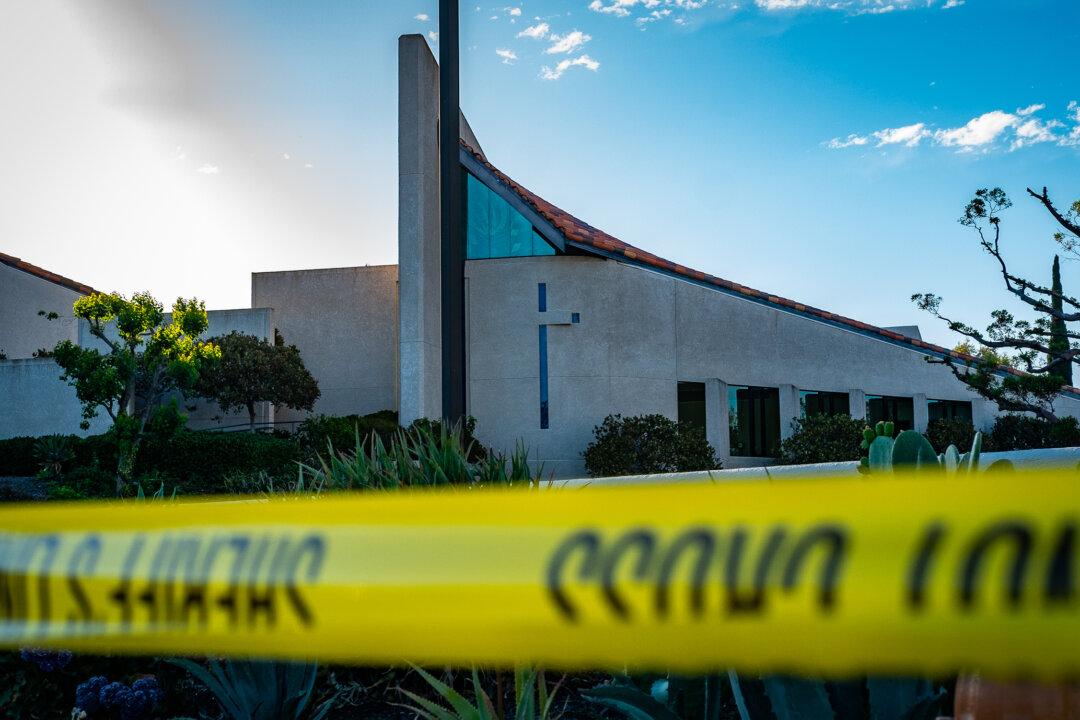As California’s shipping ports congestion persists, Gov. Gavin Newsom issued an executive order on Oct. 20 intended to alleviate the crisis.
The executive order aims to find state-owned land and various other areas to temporarily store goods once they are removed from the port. It also removes weight limits on trucking freight routes to transport more goods.




